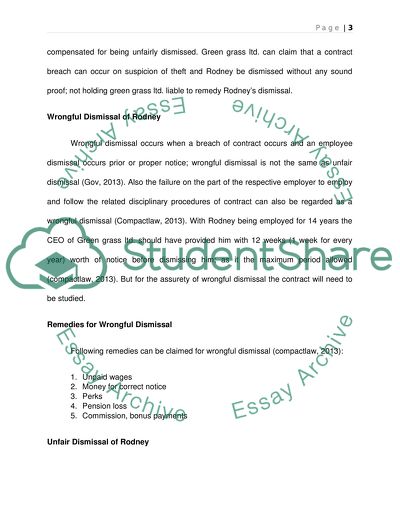Cite this document
(“Rodney has worked for Greengrass Ltd, a firm of seed wholesalers, as Essay”, n.d.)
Rodney has worked for Greengrass Ltd, a firm of seed wholesalers, as Essay. Retrieved from https://studentshare.org/law/1472023-rodney-has-worked-for-greengrass-ltd-a-firm-of
Rodney has worked for Greengrass Ltd, a firm of seed wholesalers, as Essay. Retrieved from https://studentshare.org/law/1472023-rodney-has-worked-for-greengrass-ltd-a-firm-of
(Rodney Has Worked for Greengrass Ltd, a Firm of Seed Wholesalers, As Essay)
Rodney Has Worked for Greengrass Ltd, a Firm of Seed Wholesalers, As Essay. https://studentshare.org/law/1472023-rodney-has-worked-for-greengrass-ltd-a-firm-of.
Rodney Has Worked for Greengrass Ltd, a Firm of Seed Wholesalers, As Essay. https://studentshare.org/law/1472023-rodney-has-worked-for-greengrass-ltd-a-firm-of.
“Rodney Has Worked for Greengrass Ltd, a Firm of Seed Wholesalers, As Essay”, n.d. https://studentshare.org/law/1472023-rodney-has-worked-for-greengrass-ltd-a-firm-of.


